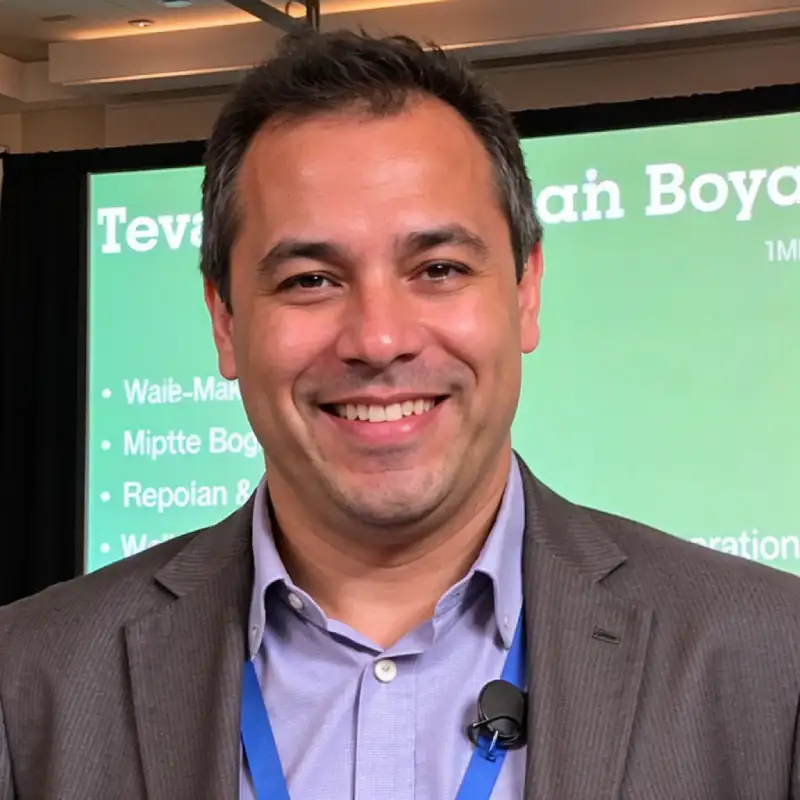Introduction to California’s Reporting Requirements
Welcome to another post in our Mastering ESG series, where we provide actionable insights for navigating the complex world of Environmental, Social, and Governance (ESG) regulations and strategies. Today, we’re tackling a critical topic: how to align California’s reporting requirements with global ESG frameworks. As organizations face increasing pressure to comply with evolving ESG demands, understanding this integration can create a unified and efficient reporting process. Key takeaways from this guide include: identifying overlaps between California’s frameworks and global standards, breaking down the integration process step by step, and avoiding common pitfalls that can derail compliance efforts.
Why This Matters
The importance of aligning California’s ESG reporting requirements with global standards cannot be overstated. California’s regulations—like those embedded in the Climate Corporate Data Accountability Act (SB 253) and the Climate-Related Financial Risk Act (SB 261)—are some of the most progressive in the United States. These laws mandate robust climate disclosure requirements for large corporations, extending their influence beyond state borders. Failing to integrate these with global standards, such as the Task Force on Climate-Related Financial Disclosures (TCFD) or the Global Reporting Initiative (GRI), can result in duplicated efforts, higher compliance costs, and reputational risks. For instance, a CDP report found that companies using harmonized frameworks experienced a 30% efficiency gain in their reporting efforts compared to those adopting fragmented approaches. With investors, regulators, and stakeholders demanding streamlined and cohesive ESG disclosures, this integration is more relevant than ever.
Step-by-Step Instructions
Step 1: Map the Regulatory Landscape
Start by creating a detailed inventory of California’s ESG requirements alongside global frameworks like TCFD, GRI, or International Sustainability Standards Board (ISSB) guidelines. This mapping exercise allows you to identify commonalities, such as overlapping metrics for greenhouse gas (GHG) emissions or climate-related risks. Purpose: To uncover areas where alignment or shared reporting can occur, reducing duplication.
Pro Tip: Use compliance management software like Lythouse ESG Reporting Software to track updates in both California laws and global standards. This ensures your alignment strategy remains current.
Step 2: Identify Universal Metrics
Once you’ve mapped requirements, focus on universal metrics that align across frameworks. For example, both TCFD and California’s SB 261 emphasize Scope 1, 2, and 3 GHG emissions reporting. By prioritizing universal metrics, you can design consistent data collection systems. Purpose: To streamline operational workflows by creating a core dataset that satisfies multiple requirements.
Pro Tip: Leverage tools like the GHG Protocol’s calculation guidelines or Carbon Accounting software like Lythouse Carbon Analyzer to maintain data accuracy.
Step 3: Build a Unified Reporting Framework
Using the universal metrics identified earlier, establish a unified reporting framework. This framework should outline how you’ll structure disclosures across jurisdictions while accommodating additional region-specific requirements. Purpose: To provide a consolidated foundation that ensures compliance without redundant work.
Pro Tip: Collaborate with cross-functional teams from legal, sustainability, and finance departments to ensure the framework is both legally sound and operationally feasible.
Step 4: Conduct a Gap Analysis
Next, perform a comprehensive gap analysis to identify missing data points or processes required to meet either California’s or global standards. Address these gaps through staff training, new technology tools, or policy updates. Purpose: To ensure your organization fully complies without overlooking key obligations.
Pro Tip: Consider hiring external auditors or ESG consultants to validate your analysis, especially if your organization is unfamiliar with global reporting standards.
Step 5: Pilot and Iteratively Refine
Before rolling out the unified framework, test it through a pilot project with a smaller business segment. Gather feedback to iteratively improve processes and address unforeseen challenges. Purpose: To ensure the scalability and effectiveness of your integration strategy.
Pro Tip: Monitor pilot results against audit readiness criteria to assess compliance and identify areas for optimization.
Case Study
A multinational retailer operating in California and Europe provides a compelling example of successful integration. After California’s SB 253 and global frameworks like TCFD were introduced, the retailer faced overlapping requirements. By leveraging a unified reporting framework that linked common metrics like emissions intensity and climate risk, the retailer cut reporting costs by 25% and achieved full compliance. Moreover, its streamlined ESG reporting enhanced investor confidence, resulting in a 15% boost in share value over two years.
Mistakes to Avoid
Mistake 1: Treating California’s Standards as Separate from Global Frameworks
Failing to integrate leads to disjointed reporting and resource inefficiencies. Use shared metrics wherever possible.
Mistake 2: Ignoring Scope 3 Emissions
Scope 3 emissions are often the largest source of GHG emissions, yet they’re frequently underreported. Utilize value chain partnerships to collect this data comprehensively.
Mistake 3: Poor Documentation
Inadequate documentation of data processes can lead to audit failures. Implement robust record-keeping practices to safeguard compliance.
Next Steps
In this guide, you’ve learned the importance of integrating California’s ESG requirements with global standards, including how to map regulations, align metrics, build a unified reporting framework, and avoid common pitfalls. By adopting these strategies, your organization can streamline compliance, improve stakeholder trust, and future-proof its ESG programs. Take action today by conducting a regulatory mapping exercise and kickstarting your gap analysis. Stay tuned for the next installment in our Mastering ESG series, where we’ll tackle ESG data verification processes.

David Hernandez has spent years researching environmental sustainability and enjoys sharing his knowledge. He has spent over 15 years working with major firms, integrating ESG factors into portfolio analysis and decision-making. He is a frequent speaker at conferences and workshops, educating investors on the benefits of ESG investing.







